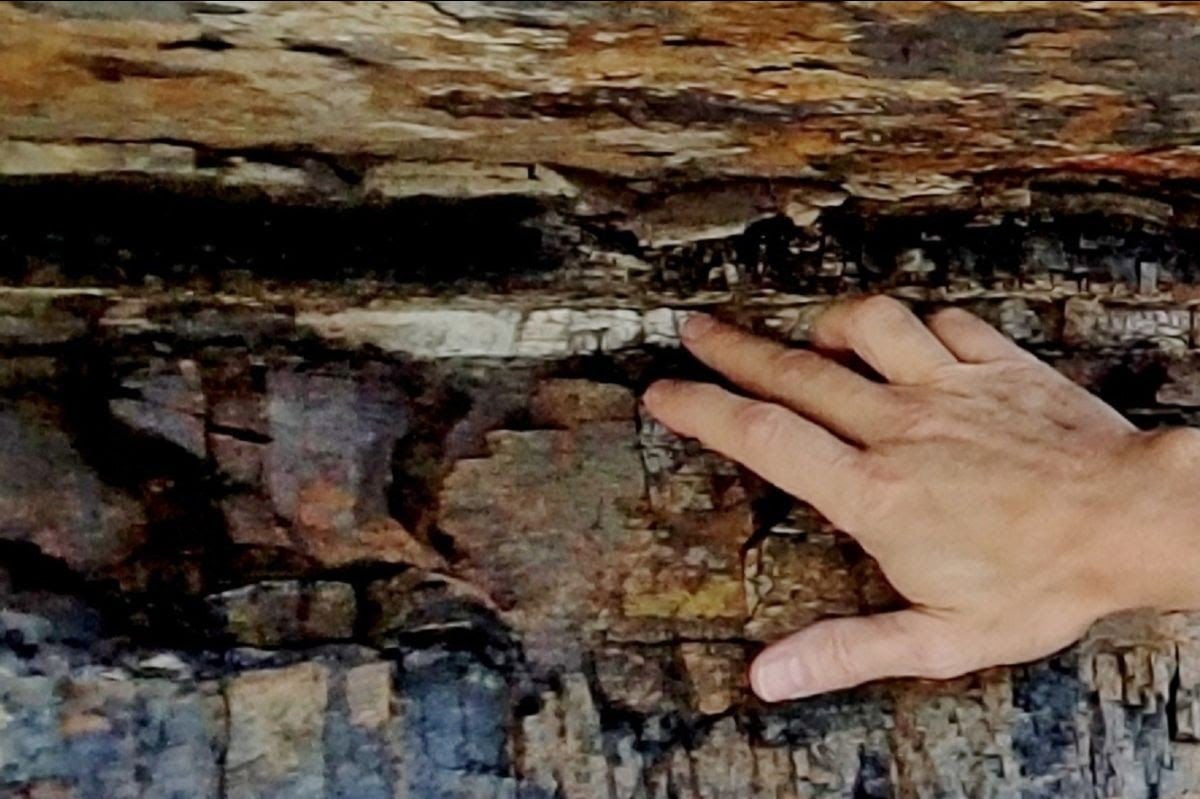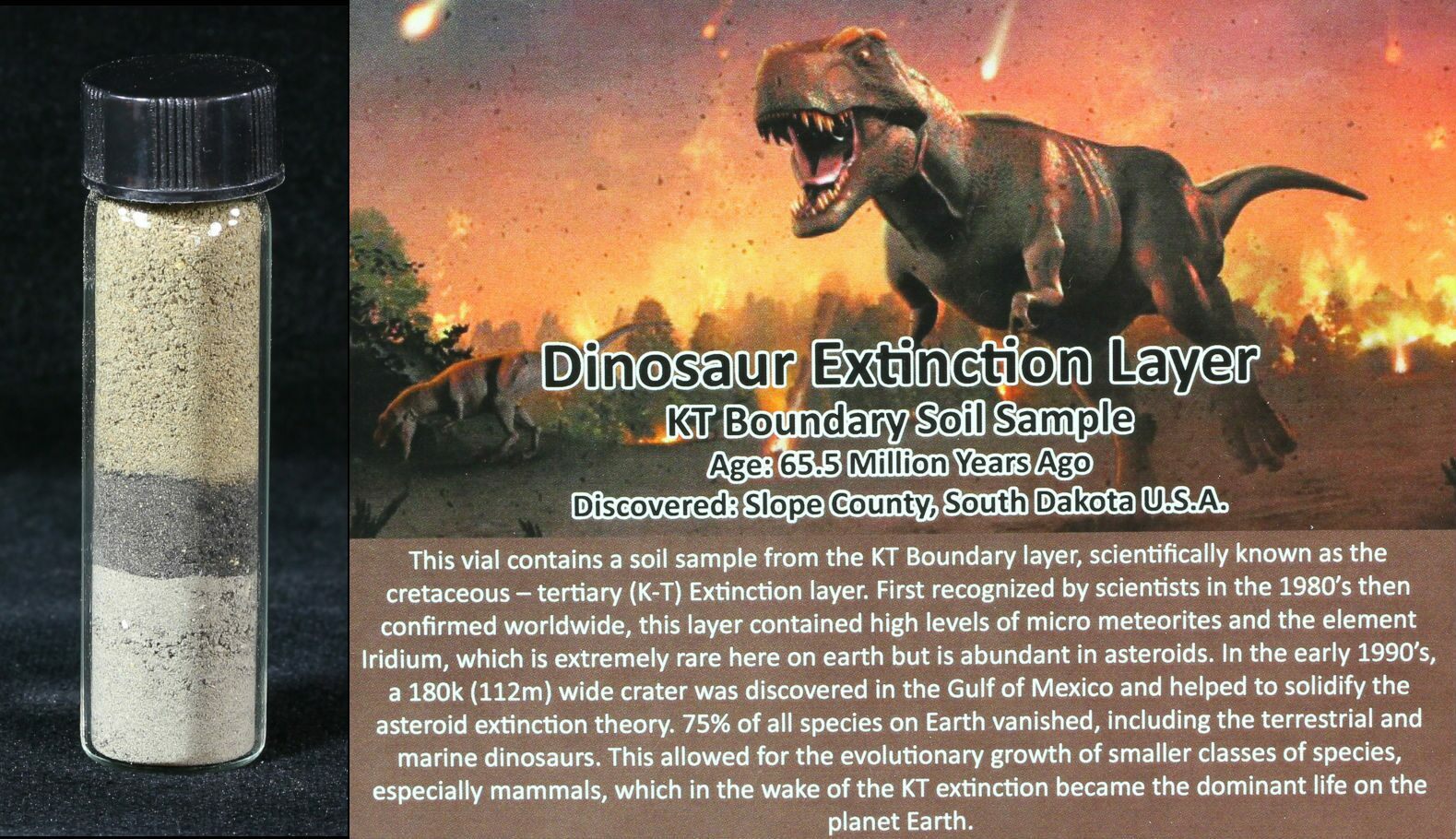

Five thin green clayey microclast layers are embedded in laminated limestones at 794.43, 794.34-794.35, 794.24, 794.19, and 794.11 m the latter marks the K-T boundary ( Fig. Sedimentary structures indicate a variable depositional history. No foraminifera are preserved in the dolomitic layers (e.g., sample 21) characterized by dolomite rhombs. To illustrate that these forms are foraminifera and to differentiate them from crystalline sediments, we show them embedded in the darker surrounding micritic limestone. We show representative species from various intervals at a magnification that still permits recognition of characteristic species morphologies. For this reason, magnification of species is limited (×100-200) and the images are often fuzzy ( Fig. The recrystallization process, however, retained the species morphology and the lighter colored shell calcite relative to the surrounding micrite, although the images at very high magnification show the crystalline micrite texture. Examination of thin sections reveal the laminated intervals to be rich in Late Maastrichtian planktic foraminifera, although they are invariably recrystallized and poorly preserved in these micritic limestones. Planktic foraminifera within the 50-cm-thick laminated dolomitic and micritic limestones between the breccia and K-T boundary provide critical age constraints for deposition of this unit in addition to magnetostratigraphy. The absence of an Ir anomaly and the short interval of C29r above the K-T boundary suggest a hiatus, as also indicated by biostratigraphy.Īge of Unit Between Breccia and K-T. (The low value in the dolomite sample 21 is due to diagenetic effects.) Iridium concentrations are within the range of background values and only reach 0.29 ng/g at the K-T boundary ( Fig. Stable carbon isotopes show the high δ 13C values of the Late Maastrichtian above the breccia, followed by the characteristic negative excursion at the K-T boundary. The change appears to occur more than 4 cm above the K-T boundary, although only one data point occurs.

It is clear that 7 cm above the K-T boundary the core is normally magnetized (in chron 29n). The 50-cm interval below the K-T boundary is in reversed polarity C29r. The boundary is characterized by a 2- to 3-cm-hick dark gray-green marly limestone with a 3- to 4-mm-thick green glauconitic clay ( 17) that marks an erosional disconformity. The K-T boundary is identified at 794.11 m, ≈50 cm above the impact breccia ( Fig. To resolve these issues, the International Continental Scientific Drilling Program (ICDP) supported the drilling of a new core within the Chicxulub crater (Yaxcopoil-1 drilled between December 2001 and February 2002) with the stated objectives to determine the precise age of the crater and its link to the global K-T boundary layer, to unravel Chicxulub's role in the K-T mass extinction, and to study the cratering event and size of the impact crater ( 15). But doubts persisted regarding the precise age and size of the impact crater ( 2- 4, 9), the origin of the so-called megatsunami deposits ( 5, 10- 12), and the nature of the mass extinction ( 13, 14). These observations made a convincing case for Chicxulub as the long-sought K-T boundary impact crater and cause for the end-Cretaceous mass extinction. The impact ejecta (microtektites) in Haiti and northeastern Mexico ( 5, 6) and melt rock in the Chicxulub cores have similar geochemistry, and the 39Ar/40Ar ages are within ☒00,000 years (200 ky) of the K-T boundary ( 7, 8). The search for the K-T impact crater effectively ended in the early l990s with the discoveries of the Chicxulub crater and its estimated diameter between 180 and 280 km ( 1- 4).


 0 kommentar(er)
0 kommentar(er)
